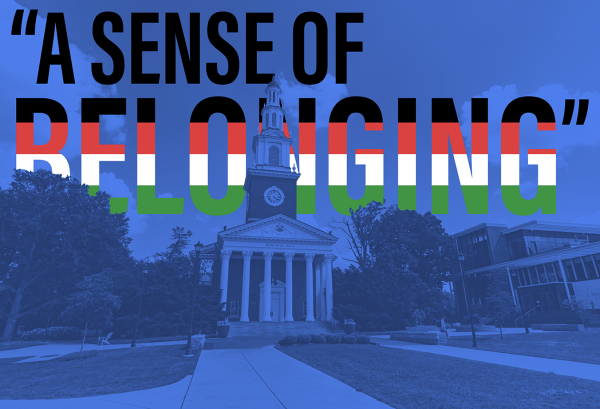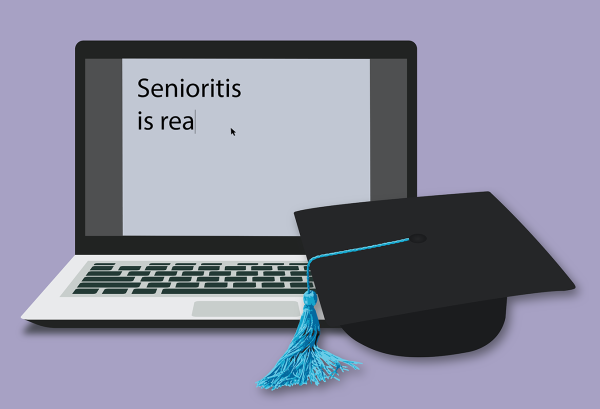Innovative teaching methods can help solve classroom language barriers
November 8, 2007
A diverse faculty and student body are crucial aspects of any first-rate university. Diversity not only provides a multicultural environment in which to learn; it encourages and nurtures a tolerant atmosphere as well.
However, diversity will always present its challenges.
For instance, some professors who speak English as a second language can seem quite hard to understand in the classroom.
“I had an international professor, and I literally could not understand her through her accent,†said Heather Northcutt, a hospitality management and tourism major at UK. “It was frustrating and I wound up having to drop that class and take it this year.â€
Obviously, one’s accent has no bearing whatsoever on one’s intellectual achievements. Nonetheless, it can present problems for the untrained ear.
While there are no quick fixes for such complicated matters, small measures can be taken to alleviate the confusion caused by language barriers. Clearly, the answer does not lie in limiting diversity within schools.
University of Louisville student Hannah Gill put it this way: “Honestly, it’s good practice for the real world, because no one is guaranteed strict communication with people from a similar culture. And even if we were, who would want that?â€
Luckily, there are methods available to ease the culture shock of experiencing a new accent.
Alyson Barnes, a chemistry and biology major at U of L, said teaching assistants can help out with this type of situation. She suggests that teaching assistants draft, edit and distribute copies of the class notes.
“Less confusion would result from straight-forward notes,†Barnes said. “Plus, students would be able to relax knowing that they will be provided with a general outline of the upcoming lectures.â€
Mofakhkhar Rahman, a Bangladeshi professor at Howard University in Washington, understands the accent dilemma. He distributes comprehensive study guides before every exam, allowing students to learn from the textbook or an online resource, rather than relying solely on his lectures, according to a Nov. 9, 2005, article in The Hilltop, Howard’s student newspaper.
Rahman’s students consider him a good professor because “he makes sure that he can answer any question a student would have for him,†the article said.
Communication among students, professors and the teaching assistants will hopefully bring about some clarity.
It is unfair to hinder someone’s education because he or she cannot understand a professor. But at the same time, it is both unfair and harmful to a university to limit diversity on campuses.
In March 2006, Bud Heidgerken, a Republican state representative in Minnesota, proposed a bill that would require a stricter hiring process for international professors.
Could this set the stage for discrimination?
According to the bill, each professor would have to complete an oral interview before being hired. Furthermore, it states that if 10 percent of a professor’s students complain about him or her, the faculty member would be reassigned to a non-teaching position.
How many disgruntled students does it take to equal 10 percent?
“I think foreign professors aren’t really hard to understand, but hard to get used to,†Gill said.
This seems to sum up the general consensus of the students. Understanding can be facilitated with a little effort and the use of some refined resources.
Glen Kalisz is a journalism sophomore. E-mail [email protected].






















































































































































